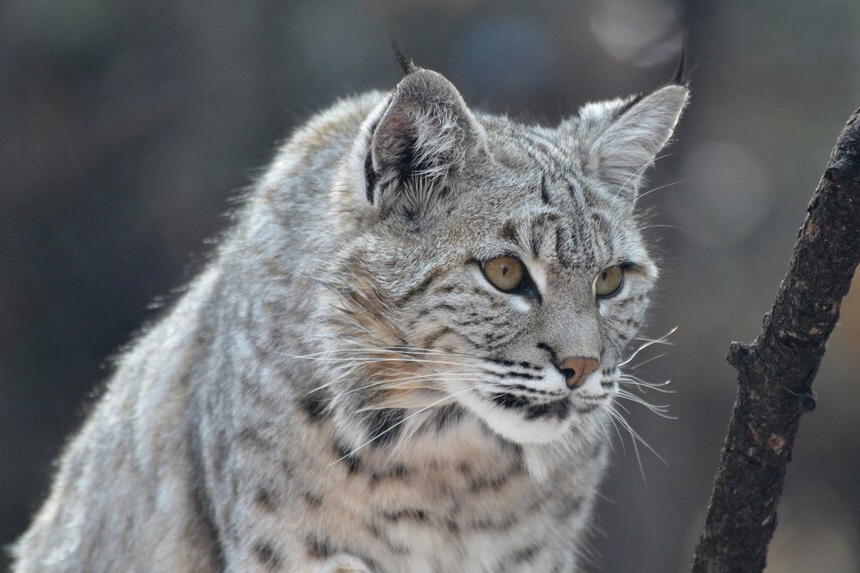A devastating bird flu outbreak has claimed twenty big cats, including a Bengal tiger and four cougars, at an animal sanctuary in Washington state. The Wild Felid Advocacy Center of Washington announced the heartbreaking news in a statement, revealing the toll the virus has taken on their cherished animals.
“This tragedy has deeply affected our team, and we are all grieving the loss of these incredible animals,” the sanctuary stated.
The viral infection, carried by wild birds, spreads mainly through respiratory secretions and bird-to-bird contact but can also infect mammals that consume infected birds or related products.
Why Has the Sanctuary Been Quarantined?
The sanctuary has been placed under quarantine and remains closed to the public to prevent further virus spread. According to the sanctuary’s director, the deaths occurred between late November and mid-December.
“We’ve never had anything like it,” the director stated. “They usually die basically of old age—not something like this. It’s a pretty wicked virus.”
The sanctuary has suffered a profound loss, with five African serval cats, four bobcats, two Canada lynx, and a Bengal tiger among the deceased. Only 17 big cats remain at the facility following the outbreak.
How Are Cats Affected by Bird Flu?
The sanctuary explained in their statement that cats are particularly susceptible to bird flu. Initial symptoms are often subtle but can progress rapidly, with the infection causing pneumonia-like conditions that usually lead to death within 24 hours.
“Cats are particularly vulnerable to this virus, which can cause subtle initial symptoms but progress rapidly,” the sanctuary wrote.
What Is the Extent of Bird Flu's Spread?
The tragedy comes amidst an escalating bird flu crisis across the United States, which has primarily affected poultry and cattle but has also spread to humans in some cases. Health authorities have reported 61 human cases of bird flu in the U.S. since April, though the risk to the general public remains low.
While most human cases have been mild, one individual in Louisiana required hospitalization this month due to severe symptoms.
Health officials have assured the public that there has been no sustained human-to-human transmission of the virus.
Why Did California Declare an Emergency?
Bird flu began infecting cattle in the U.S. earlier this year, marking a troubling new chapter in the outbreak. In March, the virus was detected in cattle for the first time, and its spread among livestock has led to significant concern.
Last week, California Governor Gavin Newsom declared a state of emergency to address the bird flu outbreak affecting the state’s dairy industry. “This emergency declaration ensures our government has the resources and flexibility needed to respond quickly to this outbreak,” he stated.
What Does This Outbreak Mean for the Future?
The sanctuary’s tragedy underscores the ferocity of the bird flu virus, which has long been a threat to U.S. poultry but now poses broader risks to wildlife, livestock, and even humans. For the Wild Felid Advocacy Center of Washington, the loss of these majestic animals serves as a grim reminder of the virus’s unpredictable and lethal nature.
As the sanctuary grieves, they remain committed to protecting their remaining animals while continuing their advocacy for wild cats. “We will do everything in our power to ensure the safety of the cats still in our care,” the team vowed.




